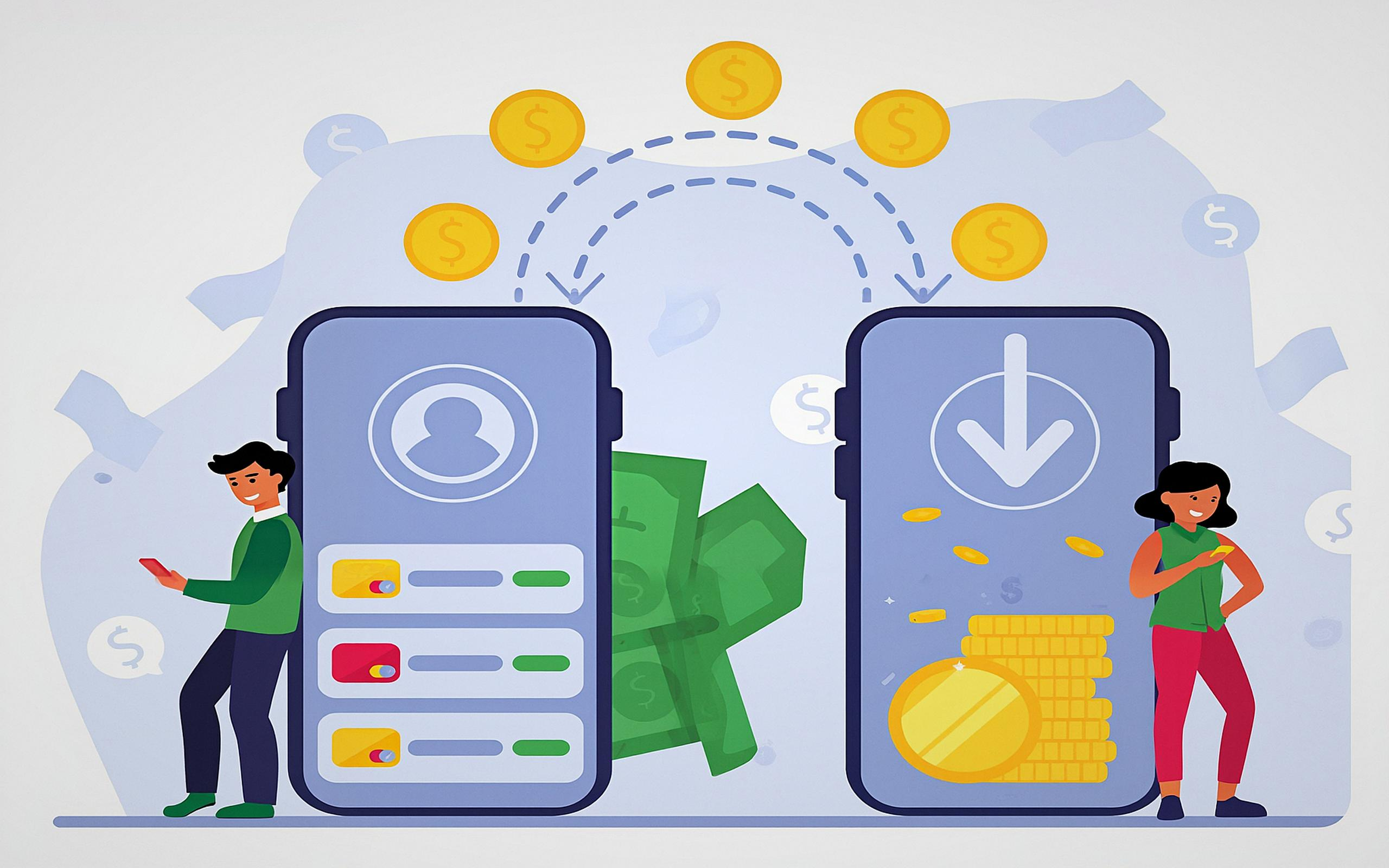
Any visitor is important in the modern world of the global online marketplace. But not all visitors behave the same, and successful e-commerce brands understand that personalization leads to performance. The internet retailer can use geolocation technology to see the origin of the online user in real time and modify the shopping experience based on it. Location-based optimization can increase conversion rates several times over, since it can be used to display the correct currency, propose neighboring shipping services, and more.
We’ll explore how geolocation works, why it’s essential for e-commerce success, and the ways businesses are using it to turn casual visitors into loyal customers.
What Is Geolocation and How Does It Work?
Geolocation refers to the process of determining the physical location of the user, using IP address, GPS information, Wi-Fi information, or cell tower triangulation. In the case of e-commerce websites, the most applicable and feasible method is the use of IP geolocation. Once a visitor comes to your site, the IP address of the visitor is immediately scanned to determine their country, region, city and even postal code.
This information is then utilized in order to personalize the user experience, without the customer having to fill any form or provide any personal information. It is automatic, privacy-compliant and seamless as long as it is done in a responsible way.
The Importance of Location Data in E-commerce
Geolocation assists enterprises in overcoming one of the greatest obstacles of online retailing: context. Knowing the location of your users, you are able to make each part of their experience personal.
For example:
- A tourist, who came to Germany, would want to receive the prices in euros and the product description in German.
- An American customer may be willing to use local delivery rather than international delivery.
- A visitor to the Middle East may find the regional specific payment gateways or cultural product suggestions useful.
By meeting users’ needs automatically, businesses reduce friction, build trust, and ultimately improve conversion rates.
1. Presentation of Local Currency and Pricing
Confusion at the point of sale is a sure way to kill a sale. When the price shown on your site is in U.S. dollars, a person in Japan is likely to walk away to do some calculations and may never return. Geolocation helps websites to:
- Automatically identify the country of the shopper and show them the prices in their own currency.
- Modify taxes, duties and freight charges on a regional basis.
- Provide localized ways of payment, iDEAL in the Netherlands or Paytm in India.
Transparent, region-specific pricing builds early trust, which plays a key role in boosting conversions.
2. Localization of Language and Content
One of the most powerful personalizations is the language. The way you communicate matters, even when your products are international. Automatic usage of geolocation can be:
- Localized sites of your website depending on the location of the visitor.
- Language suggestions or translated content can be translated all at once with a click of the mouse.
- Relevant imagery and offers, with emotional appeal.
As an example, a clothing company might feature winter or summer collections based on the target group of the Canadians and target group of the Australians on the same page. Such relevance increases the level of interest and drive purchases.
3. Regional Specifics in Promotion and Discounts
The geolocation assists the marketers to create smarter campaigns because it targets the users at the point where they are. Promotions can be conducted by retailers based on:
- Local holidays (e.g. Singles Day in China or Diwali in India)
- Local occasions such as sports tourism or festivals
- Seasonal sales, which displays various offers to the various hemispheres at the same time.
When you align what you are promoting with the local calendars, your offerings seem to be more natural and appropriate to the moment—the more chances you have of getting a conversion.
4. Optimization of Shipping and Delivery Estimates
One of the most determining factors of online buying behavior is shipping. Geolocation helps e-commerce sites to:
- Show correct delivery times according to the distance and the logistics networks.
- Point out local fulfillment centers or pickup points
- Limit by default items that cannot be delivered to certain countries.
Such transparency reduces the cart abandonment at the last minute and develops customer trust.
When customers have access to realistic shipping choices based on their geographical location, they have much higher chances to make the purchase.
5. Prevention of Fraud and Risk Management
Geolocation is not only a marketing tool; it is also a strong tool of security. The misaligned locations in e-commerce fraud occur frequently, including credit cards being registered in the country of origin and used in a different country. Through IP analysis, the merchants can:
- Identify suspicious transactions on time.
- Isolate risky areas or introduce extra verification measures.
- Minimize chargebacks and unwarranted purchases.
This not only protects your business but also gives legitimate customers a safer, more trustworthy shopping experience.
6. Individualized Products Recommendations
Recommendation engines are able to display the products that match the local demand with the help of geolocation. For example:
- Wearing warm clothes in colder seasons and beach clothes in warmer regions.
- Emphasizing products or bestsellers in the region.
- Recommending accessories that meet local requirements (e.g. power plugs or SIM cards).
Such smart localization aligns your offerings with customer needs, creating a smoother path to conversion.
7. Mobile Shopping Enhancement
Geolocation opens up even greater possibilities to mobile users. Retailers can use GPS data to:
- Recommend local store pick up locations.
- Provide local customers with discounts in store pickups or loyalty points.
- Send real-time push notifications when there is a location promotion.
Convenience and immediacy are the driving forces of mobile commerce and geolocation provides both.
Best Practices in Geolocation Responsibility
Geolocation is a great tool; however, it should be approached with some caution. Here are a few guidelines:
- Value privacy: Comply with GDPR, CCPA, and other applicable data protection regulations.
- Be transparent: Inform users when their location data is being accessed and explain the purpose clearly.
- Offer manual controls: Allow customers to easily change their country, language, or currency preferences.
- Avoid over-personalization: Maintain a balance between relevance and user autonomy; excessive targeting can feel intrusive.
Geolocation improves the customer experience instead of weakening it when used in an ethical manner.
ROI of Location-Based Optimization
It is well established that personalized shopping experiences lead to higher sales. According to a study by Econsultancy, 80% of consumers are more likely to purchase from a brand that provides personalized interactions. When this personalization is location-based, the impact becomes even stronger, as it addresses users’ immediate and practical needs in real time.
Geolocation strategies in e-commerce web-based stores are successful in achieving:
- The lower rate of conversion because of less friction.
- Reduced cart abandonment with applicable shipping transparency.
- Greater customer loyalty through customized experiences.
Final Thoughts
Geolocation is no longer just a technical feature—it’s a competitive advantage in an era where customers expect immediate, real-time experiences. By understanding where your users are and tailoring your e-commerce environment accordingly, you can bridge the gap between global reach and local relevance.
Whether you’re a small boutique or a large global brand, using geolocation to personalize the shopping experience remains one of the most reliable ways to increase conversions, build customer trust, and strengthen overall business performance.
Featured Image by Freepik.




Comments (0)
No comment